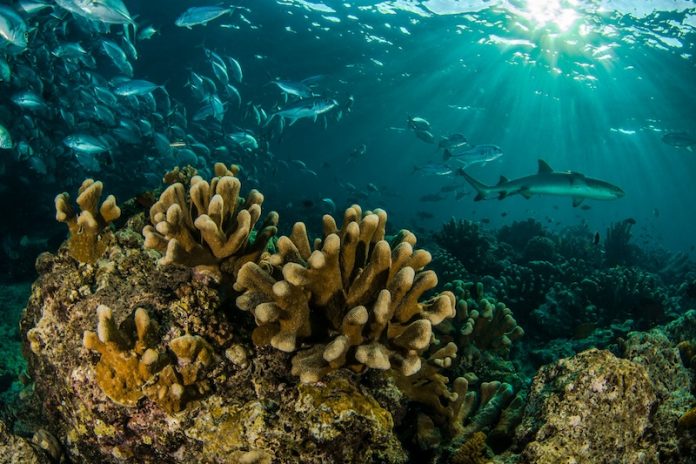
Scientists have discovered that coral reefs in the Gulf of Eilat (also known as the Gulf of Aqaba), in the northern Red Sea, stopped growing for a long period between 4,400 and 1,000 years ago. This unexpected pause in reef development was likely caused by changes in sea level and natural geological activity.
The study, led by Professor Adi Torfstein from the Hebrew University and Professor Oren Levy from Bar-Ilan University, was conducted with an international team of researchers. Their findings, published in Global Change Biology, help us understand how coral reefs respond to environmental changes over long periods.
Why Are Coral Reefs Important?
Coral reefs are one of the most important ecosystems in the ocean. They provide a home for countless marine species and help maintain the balance of life underwater. They also protect coastlines from erosion and strong waves, making them crucial for both marine life and human communities.
However, coral reefs are sensitive to changes in temperature, sea levels, and human activities. Understanding how reefs have survived past environmental shifts can help scientists predict what might happen to them in the future.
A Long Pause in Reef Growth
By studying coral samples from the Gulf of Eilat/Aqaba, researchers found that reef growth stopped for about 3,400 years during the late Holocene period. A similar pattern has been observed in other parts of the world, including Mexico, Brazil, and Australia.
Even though the reefs stopped growing for a long time, the study found that coral diversity and abundance remained stable before and after this period. This suggests that corals were able to recolonize from deeper waters once conditions improved.
What Caused the Growth Pause?
The researchers believe that two main factors caused this temporary halt in coral growth:
- Sea-Level Changes: A temporary drop in sea level likely exposed parts of the reef, preventing coral from growing. This drop may have been linked to a global cooling event.
- Tectonic Activity: Natural movements in the Earth’s crust may have also affected reef growth by changing the shape of the seabed.
These factors combined to create a challenging environment for coral reefs, leading to a long period of no growth.
Signs of Human Impact on Modern Reefs
The team also analyzed coral skeletons from recent years and found something concerning. The carbon isotopic composition of the corals has changed significantly, showing that human activity is now affecting the ocean’s natural balance. This shift is likely due to increased carbon emissions, pollution, and ocean acidification caused by human actions.
What This Means for Coral Conservation
The study highlights the resilience of coral reefs—even after a long period of decline, they were able to recover. However, today’s climate crisis is different from past environmental changes. Rising ocean temperatures, pollution, and human interference are happening faster and on a larger scale than ever before.
“Understanding how reefs have responded to past sea-level changes helps us predict their future resilience and informs conservation strategies,” said Dr. Torfstein. “While our research shows that coral communities can recover after major disruptions, today’s climate crisis presents unprecedented challenges that demand urgent action.”
This research provides valuable insights into coral reef history and emphasizes the importance of protecting these fragile ecosystems before it’s too late.
The research findings can be found in Global Change Biology.
Copyright © 2025 Knowridge Science Report. All rights reserved.



